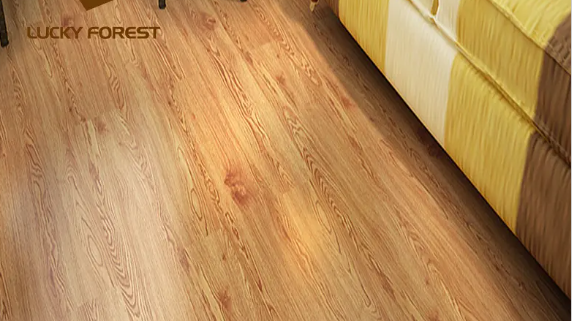What Flooring Is the Least Toxic?
When selecting flooring for your home, health concerns are a priority. Many people want to avoid harmful chemicals, especially those with families or pets. One of the most important considerations is choosing formaldehyde-free flooring. Formaldehyde is a chemical that can pose health risks, so finding alternatives that don’t contain it is crucial.

Understanding Formaldehyde in Flooring
Formaldehyde is a common chemical used in many building materials, including flooring. It is often found in adhesives, sealants, and finishes. Over time, formaldehyde can release gas into the air, a process known as off-gassing. This gas can cause respiratory issues, especially in sensitive individuals, making formaldehyde-free flooring a safer option for homes.
Laminate flooring is often made of melamine resin, a compound made with formaldehyde. The formaldehyde is more tightly bound in melamine formaldehyde (MF) than it is in urea-formaldehyde (UF), reducing emissions and potential health effects. Thus LEED v2.2’s EQ Credit 4.4 precludes the use of UF, but allows the use of MF. Laminated flooring is commonly used in LEED residential and commercial applications (excerpt from the website https://en.wikipedia.org/wiki/Laminate_flooring).
Safe Alternatives to Traditional Flooring
To minimize health risks, consider formaldehyde-free flooring options. Several types of flooring meet this criterion and are also environmentally friendly. Cork flooring is a great example. It is natural, sustainable, and does not emit harmful chemicals. Additionally, it provides excellent insulation and is soft underfoot, making it a comfortable and safe choice.
Another popular option is bamboo flooring. Although it resembles hardwood, bamboo is actually a type of grass. This flooring option is often made without harmful adhesives, making it a top choice for those seeking formaldehyde-free flooring. Bamboo is durable, eco-friendly, and available in various styles.
The Benefits of Formaldehyde-Free Flooring
Choosing formaldehyde-free flooring offers several benefits. First, it reduces the risk of indoor air pollution. Many conventional flooring products release volatile organic compounds (VOCs), including formaldehyde, into the air. These VOCs can cause headaches, dizziness, and respiratory problems. By choosing flooring that is free from these chemicals, you create a healthier indoor environment.
Second, formaldehyde-free flooring can contribute to better long-term health. Prolonged exposure to formaldehyde has been linked to more serious health issues, such as cancer. Reducing exposure to this chemical in your home can protect your family’s health for years to come.
Certifications to Look For
When shopping for formaldehyde-free flooring, certifications can guide you to the safest products. The GREENGUARD certification, for example, ensures that a product has low chemical emissions. Flooring with this certification is tested for over 10,000 chemicals to ensure it meets strict standards.
Another certification to consider is the FloorScore certification. This certification also focuses on indoor air quality, ensuring that flooring products contribute to healthier living spaces. Choosing flooring with these certifications ensures you are investing in products that support your health and well-being.
Conclusion
In conclusion, formaldehyde-free flooring is the best option for anyone concerned about indoor air quality and health. With options like cork and bamboo flooring, you can create a safe, stylish, and eco-friendly environment in your home. When selecting flooring, always look for certifications that guarantee low emissions and high safety standards. By doing so, you protect not only your home but also the health of everyone who lives in it.

